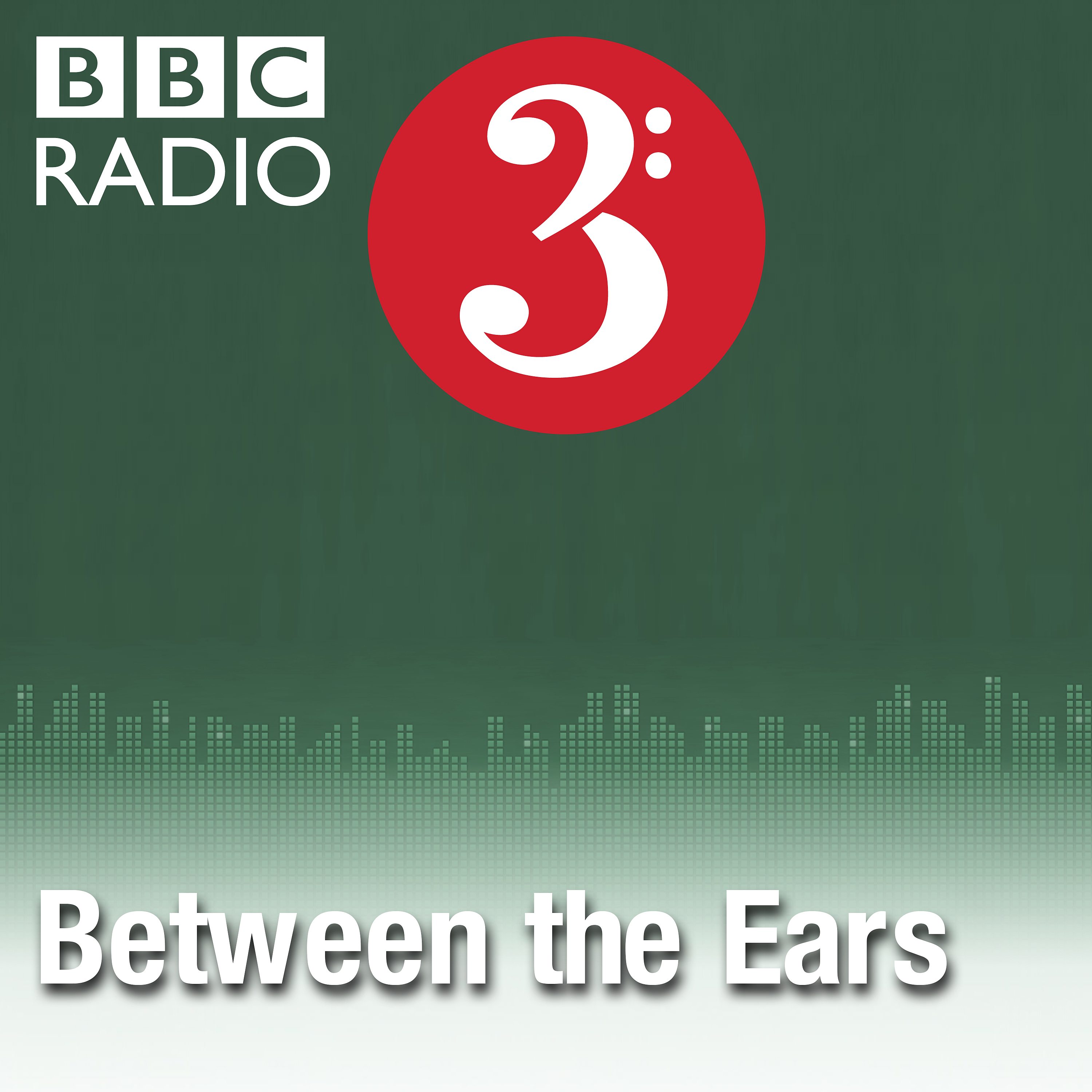- Culture
- SEE MORE
- classical
- general
- talk
- News
- Family
- Bürgerfunk
- pop
- Islam
- soul
- jazz
- Comedy
- humor
- wissenschaft
- opera
- baroque
- gesellschaft
- theater
- Local
- alternative
- electro
- rock
- rap
- lifestyle
- Music
- como
- RNE
- ballads
- greek
- Buddhism
- deportes
- christian
- Technology
- piano
- djs
- Dance
- dutch
- flamenco
- social
- hope
- christian rock
- academia
- afrique
- Business
- musique
- ελληνική-μουσική
- religion
- World radio
- Zarzuela
- travel
- World
- NFL
- media
- Art
- public
- Sports
- Gospel
- st.
- baptist
- Leisure
- Kids & Family
- musical
- club
- Health & Fitness
- True Crime
- Fiction
- children
- Society & Culture
- TV & Film
- gold
- kunst
- música
- gay
- Natural
- a
- francais
- bach
- economics
- kultur
- evangelical
- tech
- Opinion
- Government
- gaming
- College
- technik
- History
- Jesus
- Health
- movies
- radio
- services
- Church
- podcast
- Education
- international
- Transportation
- Other
- kids
- podcasts
- philadelphia
- Noticias
- love
- sport
- Salud
- film
- and
- 4chan
- Disco
- Stories
- fashion
- Arts
- interviews
- hardstyle
- entertainment
- humour
- medieval
- literature
- alma
- Cultura
- video
- TV
- Science
- en
Seelonce, Seelonce: A Call for Help

b'
Last summer the musician Tim van Eyken had to make a distress call while afloat. He was struck by how, at the moment of greatest tension and stress, the language used was calm itself. Instructions were simple and clear. Indeed, during the crisis language itself almost disappeared through the imposition of radio silence (the call \'Seelonce, Seelonce\') clearing the airwaves so rescuers could listen solely to signals from those who had called for help.
Tim van Eyken, the dramatist Joseph Wilde and radio producer Julian May trace the history, the development of the language of the call for help, from the initial Mayday procedure created by Frederick Mockford. A radio operator at East Croydon airport, in 1923 he was asked for a word that would indicate distress and would easily be understood by all in an emergency.
They gather recordings of distress calls and the conversations between those in danger (whose language is often very dramatic and heart rending - "Now. Now. Please. Come Now.") and their rescuers, terse, calm, yet urgent. Joe writes a drama for the actress Susan Jameson ; Julian uses calls, responses, instructions, and song, make a story in sound of the call for help. They delve into how we call for help: from a new born baby\'s first cry, then the reluctance to do so, that shameful admittance of need, to the point at which we become beyond help (forever in \'seelonce\'), yet help is given.
We hear from a midwife, a psychotherapist, a coastguard, a pilot, the great undertaker poet, Thomas Lynch - and there\'s a song from Jackie Oates.
Producer: Julian May.
'